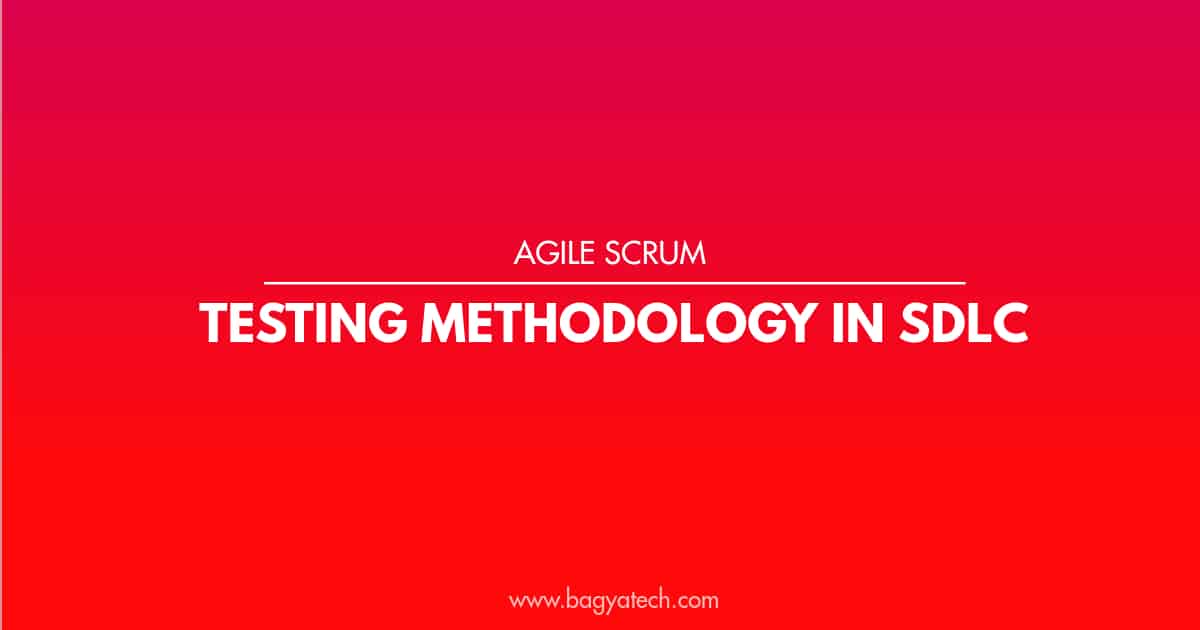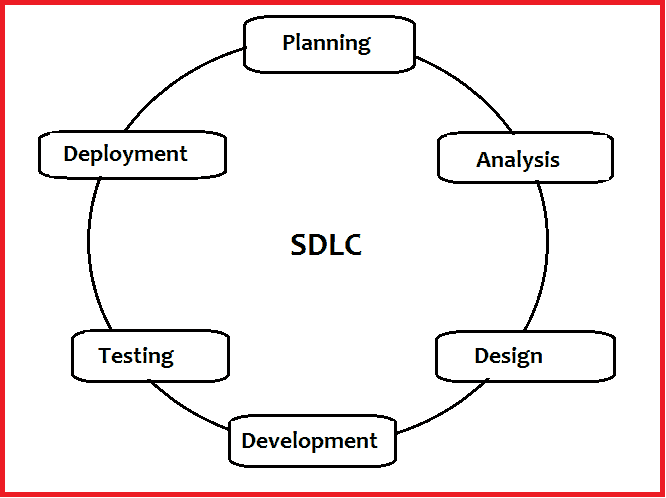What do you know about agile methodology?
Agile is a well-known technique that is widely used by many software developers to plan and create functional products to their customers. The agile scrum testing methodology combines both modern and traditional ideas that are quickly adopted by the developers. The agile testing methodologies are a practice of continuous iteration throughout the software development life cycle.
The agile methodology is called scrum which is a term used to implement agile software development approaches that imply learning, planning, improvement, evolutionary development, team collaboration and early delivery. The agile model works concurrently on both testing and development activities. This means the team using an agile framework doesn’t get a predetermined guide describing how each step is to be implemented on a project.
Exploration of Agile testing Life cycle:
The Agile Testing Lifecycle is a practice that follows certain rules and principles of agile software development. The agile scrum testing process followed in the agile methodology starts at the beginning of the project and includes a sustainable testing approach until the delivery to the end-user. The model provides an incremental building approach for a software developer that helps teams deliver value to the clients faster.
In agile testing life cycle, it is very important to analyze the release plan and planned tasks across the sprints in a release. The features will be provided by the product owner or the clients who would be completed into multiple epics which is in the form of user stories. All the user stories are distributed among the sprint backlog based on their priorities, team capacity and business needs by the product owner.
Activities involved in agile methodology:
Test plan:
A test plan is designed for each release and needs to be updated after every release. The major purpose of creating the test plan before the start of a release is for testing approach, to outline the scope, entry and exit criteria for the release.
It includes various types of testing done in that iteration known as test data requirements, test environments, infrastructure and test results.
Sprint planning:
This sprint planning is in which the team sits together to discuss the efforts involved across the planned user stories in a sprint and any holding involved in terms of testing.
The team grouped to achieve the required velocity of the sprint. The user stories in the sprint are in the form of story points for testing efforts.
The testers involved in the project are assigned user stories tasks in the sprint for test case execution and creation.
Execution and implementation:
In this phase, the post creation of user stories and peer review is performed. All the test cases created in the test management tool must be bound across the stories.
This helps to ensure that all stories have the required test cases across them. For the best quick delivery, a good plan rule and all test cases should be designed when the stories are under development.
The main activity involved for better implementation is QA awareness across features which help to provide inputs for better test coverage.
Release activities:
After the completion of the preliminary testing and implementation process, the build is deployed to the UAT environment which is made ready for alpha testing, smoke testing and user acceptance testing.
Once the test process is completed the build is deployed for production and is made ready for end-users to be tested after performing a round of smoke by testers.
During the time the team would perform root cause analysis across the bugs raised in UAT or production.
Some of the agile testing process in SDLC:
- The agile in software development services involves lots of specifications and requirements not all of them are implemented some of them are revised and changed.
- In case, in the changing requirements, the developers find bug issues. Thus agile methodology implies the iterative approach to software product development. This will help the developers to analyze the work with requirements that are defined for exact iteration.
- The agile scrum testing methodologies in SDLC (software development life cycle) is a combination of incremental and iterative process models with which focus on adaptability and customer satisfaction.
- The agile method breaks the products into smaller pieces in which the team is involved in working simultaneously on different areas such as planning, designing, requirement analysis, coding, development and user acceptance testing.
- The agile model accepts that every project needs to be handled differently and in existing methods. The process tasks are split to small time frames to deliver the specific features for a release.
- The software development model in agile methodology involves requirement analysis and planning done in the beginning life cycle.
- The agile use adaptive approach where there is no detailed planning and clarity for developing features.
- The software product in agile is tested very frequently, through the release iterations by reducing the risk of major failures that arise in future.
Advantages of agile testing methodology:
- The agile model has a very realistic approach in the development of a software product and gives flexibility to the developers.
- The agile method promotes team working and cross-training as resource requirements in minimum. It is well suitable for fixed or changing requirements as it delivers the early partial working solutions.
- The agile methodology concurrent the development and delivery within an overall planned context.
- The Agile model has minimal rules, no planning required as documentation is easily employed and very easy to manage.
- The agile method has better risk management, best productivity profile, simplifying the management process overload and builds the project incrementally using a solid foundation.
- The agile model is an open communication where the agile team works in close collaboration with each other and most of them are located in the same geographical location.
Bottom line:
The functionality of agile methodology is implemented into the product by small parts, which gives clarified clear moments to both customers and developers. The agile development methods are hype for both software developers and testers. It makes better control of IT projects in terms of deadlines. Agile methodology helps you to obtain better results in less time and with greater capacity of adaptation.



